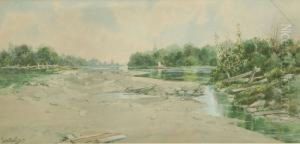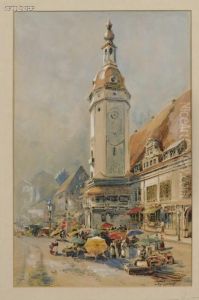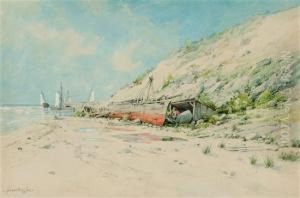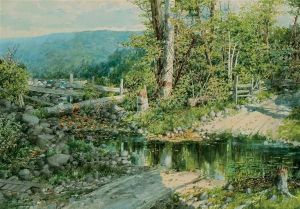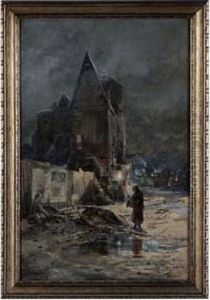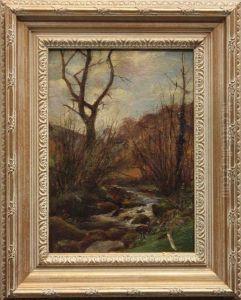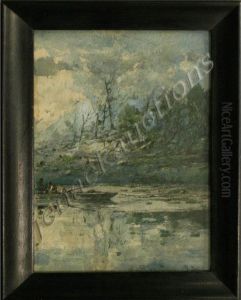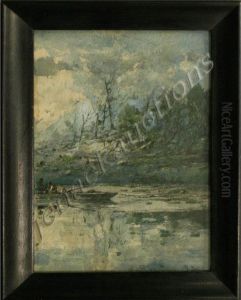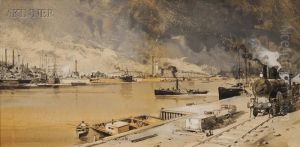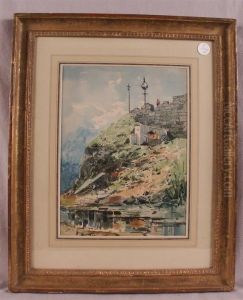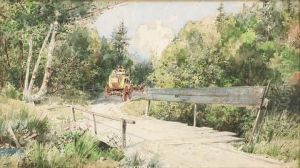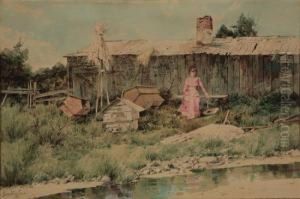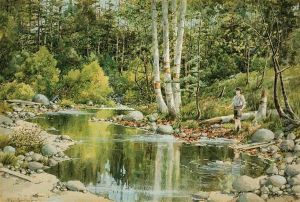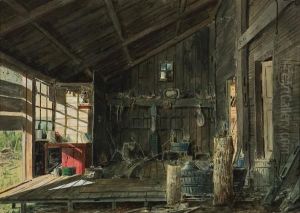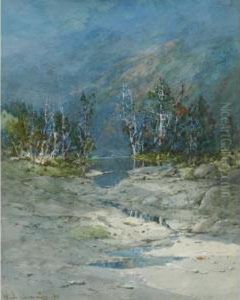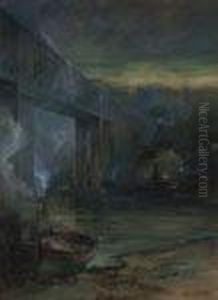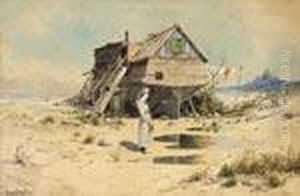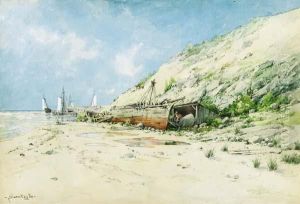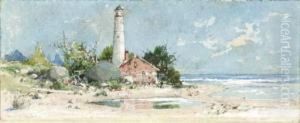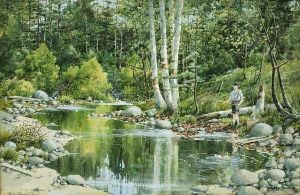William Louis Ii Sonntag Paintings
William Louis Sonntag was an American landscape painter born in East Liberty, Pennsylvania in 1822. He is often associated with the Hudson River School, a mid-19th century American art movement embodied by a group of landscape painters whose aesthetic vision was influenced by romanticism. The school was known for its realistic and detailed portrayals of the American landscape, particularly the Hudson River Valley and the surrounding area, including the Catskill, Adirondack, and White Mountains.
Sonntag received his formal art education at the Cincinnati Art Academy in Ohio. He was greatly inspired by the natural beauty of the American landscape, especially that of the Ohio River Valley. After his education, he traveled extensively throughout the United States, capturing the grandeur of its landscapes in his works.
In 1849, Sonntag moved to Cincinnati, which was then a vibrant center for art and culture in the Midwest. His career began to flourish, and he started exhibiting his work at the Western Art Union. Eventually, his paintings came to the attention of collectors and patrons on the East Coast.
In 1853, Sonntag relocated to New York City, which offered greater opportunities for artists at the time. He became a member of the National Academy of Design in 1860 and continued to exhibit his works there and at other prominent venues. Sonntag's landscapes were characterized by their serene and pastoral qualities, often bathed in a golden, atmospheric light. He would often depict the quiet beauty of dawn or dusk, emphasizing mood and emotion over detailed topographical description.
Throughout his career, Sonntag was known for his skillful use of color and his ability to convey the luminous quality of light. His works were well-received, and he garnered respect from both critics and the public. Sonntag's paintings are now held in several important museum collections, including the Smithsonian American Art Museum, the Cincinnati Art Museum, and the National Gallery of Art in Washington, D.C.
William Louis Sonntag died in 1900, leaving behind a legacy as one of the prominent figures of the Hudson River School and an artist who captured the transcendent beauty of the American landscape.
